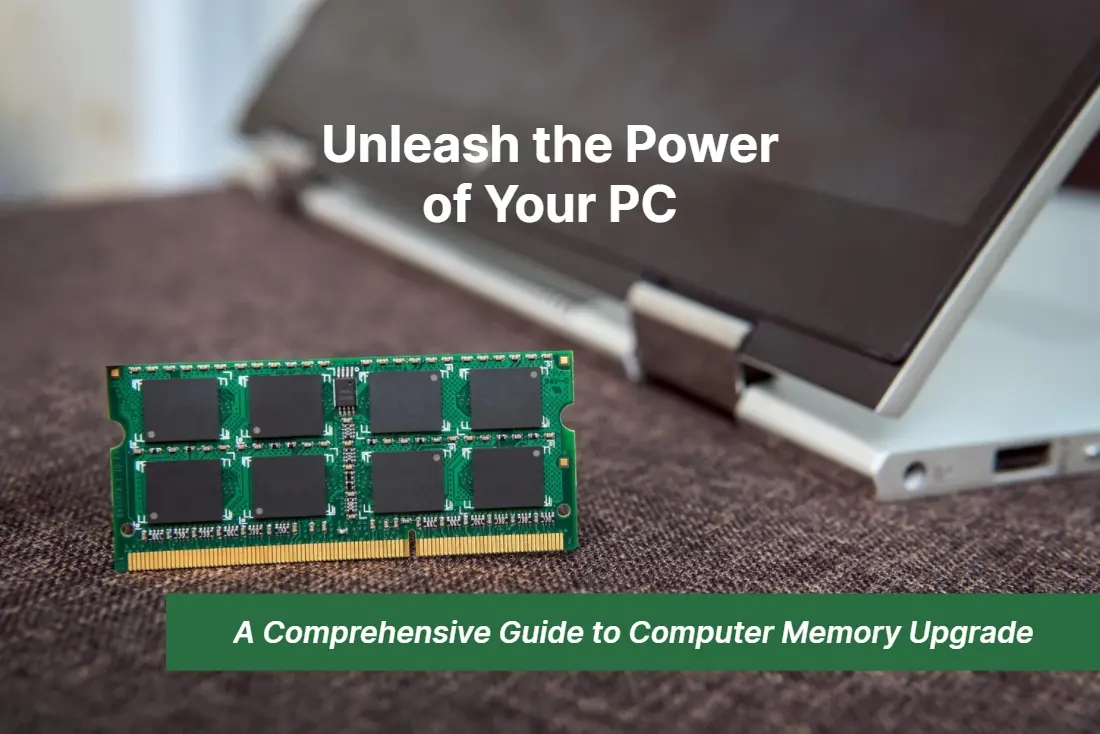RAM (Random Access Memory) is the temporary memory that a computer uses to store data while it is in use. ROM (Read-Only Memory) is a type of memory that stores data permanently and cannot be easily modified.
RAM and ROM are essential components of a computer’s memory system. RAM allows the computer to access and use data quickly, while ROM holds important data that the computer needs to operate, such as the BIOS. Understanding the differences between RAM and ROM is vital in comprehending how a computer functions and how data is stored and accessed.
We will explore the distinctions between RAM and ROM, their unique features, and their respective roles in a computer system. Read on to learn more about the significance of RAM and ROM in the realm of computer memory.
Physical Characteristics
Random Access Memory (RAM) and Read-Only Memory (ROM) are essential components of a computer’s memory system. While they both serve different functions, they also differ in their physical characteristics.
Ram
RAM modules are typically small, rectangular circuit boards that are easily identifiable within a computer due to their distinctive design and interface connectors. They are plugged into dedicated slots on the motherboard.
These modules are comprised of numerous memory chips, which are integrated circuits encased in a protective housing.
Rom
Unlike RAM, ROM is predominantly found as a built-in component on the motherboard of a computer or as a standalone chip.
ROM chips are usually masked during the manufacturing process, which prevents any data from being added or modified after production.

Credit: m.facebook.com
Functionality
The functionality of RAM and ROM plays a crucial role in the performance of electronic devices. Understanding how they differ in functionality can help users make informed decisions when choosing or using devices. Let’s explore the functionality of RAM and ROM in depth.
Ram
RAM, short for Random Access Memory, is a type of memory that temporarily stores data that the computer’s CPU can access quickly. It is volatile memory, which means it loses its contents when the power is turned off. This allows computers to perform tasks quickly and efficiently. Storing data in RAM allows the CPU to access it more quickly than if it had to read from a hard drive or SSD.
Rom
ROM, which stands for Read-Only Memory, stores data that cannot be easily modified or overwritten. It retains its contents even when the power is turned off. ROM is used to store firmware, which contains the software that controls the basic functions of a device. These functions include booting up the device and performing diagnostics. The data in ROM is permanent and cannot be easily changed by the user.
Data Storage
Ram
RAM stands for Random Access Memory. It is a volatile type of memory that stores data temporarily while the computer is running. It plays a critical role in the performance of a system. Here are some key points about RAM:
- Offers quick and temporary data storage
- Allows the CPU to access data faster than other types of storage
- Retains data as long as the computer is powered on
- Provides high-speed read and write operations
Rom
ROM stands for Read-Only Memory. Unlike RAM, it is a non-volatile memory type that stores permanent data. It contains information that cannot be altered or overwritten by normal computer operations. Here are some important facts about ROM:
- Holds the BIOS (Basic Input/Output System) of a computer
- Contains firmware or software instructions that cannot be modified
- Retains data even when the computer is powered off
- Provides the initial instructions to boot up the system

Credit: m.facebook.com
Speed And Performance
When it comes to technology, speed and performance play a crucial role. RAM (Random Access Memory) and ROM (Read-Only Memory) are essential components of a computer system that greatly contribute to its overall efficiency. Understanding the difference between these two memory types is important for anyone looking to optimize their device’s performance.
Ram
RAM, which stands for Random Access Memory, is a type of computer memory that is directly accessible to the CPU (Central Processing Unit). It serves as a temporary storage space for data that the CPU needs to access quickly. Unlike ROM, the contents of RAM can be read from and written to.
One significant advantage of RAM is its speed. The data stored in RAM can be accessed and processed much faster compared to other types of memory. This quick access allows the CPU to retrieve and execute instructions rapidly, giving a significant boost to the system’s overall speed and performance.
Additionally, RAM is highly volatile, meaning it requires a constant power supply to retain its data. As a result, every time the computer is turned off or restarted, the data stored in RAM is erased. This volatility enables the RAM to be quickly cleared for new data, ensuring smooth and efficient operations.
Rom
ROM, or Read-Only Memory, is another type of computer memory that is non-volatile, meaning it retains data even when the power supply is turned off. Unlike RAM, ROM does not allow data to be directly modified or overwritten.
ROM contains firmware or instructions that are permanently written during manufacturing. These instructions are essential for booting up the system and are responsible for initializing hardware components. For example, the computer’s BIOS (Basic Input/Output System) is stored in a ROM chip.
Although ROM is not as fast as RAM, it plays a critical role in the system’s functionality. The data stored in ROM is non-volatile, ensuring that important instructions are always available for the CPU to read, even during power cycles or system reboots.
In conclusion, RAM and ROM have distinct characteristics that impact the speed and performance of a computer system. While RAM provides the necessary speed to execute instructions quickly, ROM ensures the availability of critical system instructions even when power is lost. By understanding these differences, users can make informed decisions to optimize their computer’s performance.

Credit: www.amazon.com
Frequently Asked Questions Of Difference Between Ram And Rom
What Is The Difference Between Ram And Rom?
RAM, or Random Access Memory, is a computer’s short-term memory that allows data to be read and written quickly. ROM, or Read-Only Memory, is a type of memory that stores permanent data and cannot be modified. In short, RAM is temporary and volatile, while ROM is permanent and non-volatile.
How Does Ram Work?
RAM works by storing data that the computer’s processor can access quickly. When a program or file is opened, it is loaded into RAM so that the processor can access that data faster than if it had to retrieve it from the computer’s hard drive.
This allows for faster processing and smoother performance.
What Are The Benefits Of Having More Ram?
Having more RAM in a computer allows for better multitasking and smoother performance. With more RAM, the computer can store and access more data at the same time, reducing the need to constantly retrieve data from the hard drive. This results in faster load times for programs and files, and less lag when running multiple tasks simultaneously.
Conclusion
To summarise, the main difference between RAM and ROM lies in their functionality within a computer system. While RAM serves as the temporary storage for data that is actively being used, ROM permanently stores essential instructions for the computer to boot up and run smoothly.
Understanding the dissimilarities between these two crucial components is vital for anyone seeking to enhance their knowledge of computer hardware.



